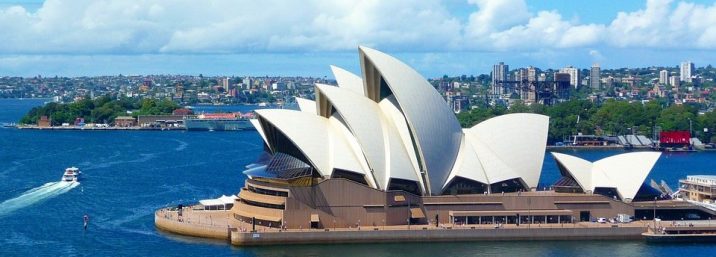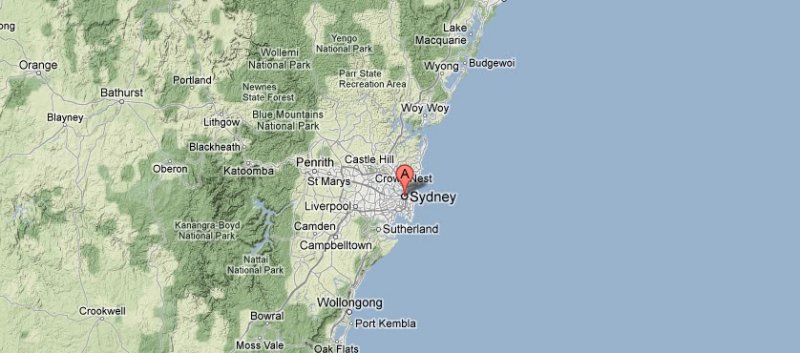
This is a history of the city of Sydney. The area surrounding Port Jackson (Sydney Harbour) was home to Aboriginal tribes since 40,000 years ago or more. Although urbanisation has destroyed most evidence of these settlements, there are still rock carvings in several locations.
European interest arose with the sighting of Botany Bay (now a southern suburb of Sydney) in 1770 by Captain James Cook. Under instruction from the British government, a convict settlement was founded by Arthur Phillip in 1788. (See First Fleet). Phillip originally landed at Botany Bay, but found it unsatisfactory. After a brief sail north, Phillip landed at Sydney Cove on Port Jackson (the proper name for Sydney Harbour).
Phillip originally named the colony “New Albion”, but for some uncertain reason the colony acquired the name “Sydney”, after the (then) British Home Secretary, Thomas Townshend, Lord Sydney (Viscount Sydney from 1789). This is possibly due to the fact that Lord Sydney issued the charter authorising Phillip to establish a colony.
Early Sydney was a convict colony, with a military government. The “New South Wales Corps” was notoriously corrupt and self seeking and was known as the “Rum corps” Early Sydney was molded by the hardship suffered by early settlers, the penal nature of the settlement, the corruption of the military and an understandable lack of respect for authority.
The arrival of Governor Lachlan Macquarie in 1809 resulted in a much more industrious and ordered society. By this stage there was already a wealthy class of settlers, mostly agriculturists. Notable amongst these were the MacArthurs who introduced Merino sheep into Australia. MacArthur was an important figure in the Rum Corp and in the rebellion against Governor Bligh.
Prisoners were quickly set to work to build the settlement and by 1822 the town had banks, markets, well-established thoroughfares and an organised constabulary; by 1847 convicts accounted for only 3.2 percent of the population. Each week ships would arrive from Europe with Irish, English, and European immigrants looking to start a new life in a new country.
The first of several gold rushes was in 1851, since which time the port of Sydney has seen many waves of people from around the world.
With industrialisation Sydney expanded rapidly, and by the early 20th century it had a population well in excess of one million. Throughout the 20th century Sydney continued to expand with various new waves of European and (later) Asian immigration, resulting in its highly cosmopolitan atmosphere of the present day.


